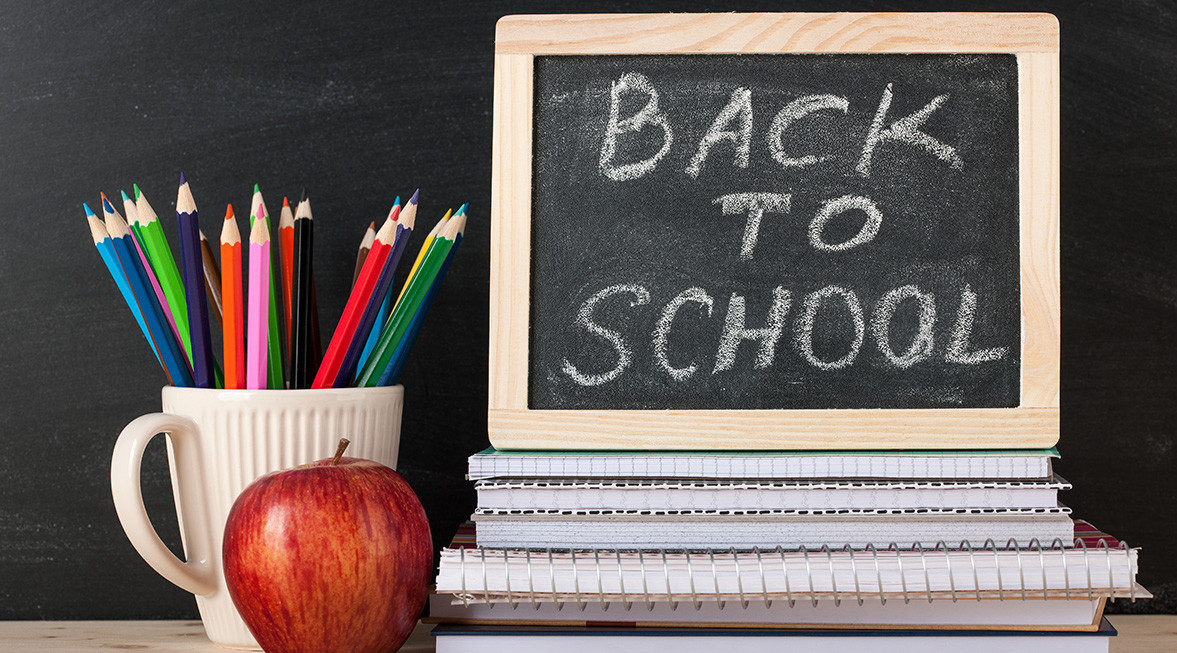With the holidays well behind (and ahead) of us, back-to-school campaigns are the focus for many retail marketers today – and fair enough, as that particular retail event was expected to peak at $83 billion last year. Families with children in elementary through high school were expected to spend an average $684.79 each, slightly lower than the $687.72 spent in 2017. That still means that 2018 was the third biggest year on record, according to NRF.
While Deloitte presented slightly different numbers ($510/household) they did provide an interesting insight: $292 of that $510, or 57 percent, will be spent in-store – which clearly means that less than half of those sales are occurring online. In 2018, $517.36 billion was spent online with U.S. merchants. That’s a huge number, but it still only represents less than 15 percent of US retail sales overall, making that 43 percent look a lot more exciting.
This is consistent with Blis’s own research, where we discovered that 25 percent of consumers move their preference from mobile and desk or laptops to in-store to buy. If marketers are able to analyze behavioral data to persuade them to put down their screens and put on their shoes to go in-store while they are actively researching, they will positively influence the bottom line.
The challenge, then, is finding strategies to get them in-store, and this is a challenge both Staples and Office Depot/Office Max are struggling to meet. As marketing for the school year begins, these companies would be wise to ensure they’re meeting customer expectations with robust mobile and ecommerce offers, as well as the convenience features that busy shoppers crave, like fast delivery or in-store pickup of their ready-to-go order. They may also want to consider conquesting competitors’ shoppers with discounted school supply offers as September approaches.
While best practices in mobile are recommended for all retailers, particularly in peak shopping periods like back-to-school and the holidays, some retailers are taking much more innovative approaches to win and keep their customers.
Kohl’s bag of tricks
Kohl’s department store has been a bright spot in retail recently, partly because they’ve been thinking outside the (big) box for some time now. Kohl’s has gotten very creative in its approach to driving foot traffic to its stores, including striking deals with both Planet Fitness and Aldi supermarkets to attract shoppers. The retailer has been reducing both the footprint and the inventory in its retail stores, subletting the freed-up space to the gym and discount grocer in what it views as a win-win scenario. The deal gives Kohl’s the opportunity to offer newly-expanded selections of products from brands like Fitbit and Under Armour to Planet Fitness members.
Kohl’s began a partnership with Amazon in 2017, setting up in-store kiosks for customers to pick up and return Amazon products in certain markets. Recently, the pair announced an expanded partnership in which Amazon returns will be accepted at any Kohl’s store, and Kohl’s will also offer an expanded selection of Amazon products – despite the reduced floor space.
“This unique partnership combines Kohl’s strong nationwide store footprint and omnichannel capabilities with Amazon’s reach and customer loyalty,” said Michelle Gass, Kohl’s CEO, told USA Today. “This new service is another example of how Kohl’s is delivering innovation to drive traffic to our stores and bring more relevance to our customers.”
It’s also a way to drive new customers into Kohl’s store’s, where they’re likely to make additional purchases. This is expected to have a positive impact on Kohl’s and Amazon’s earnings since the rollout should be complete just in time for the serious back-to-school shopping to begin.
Engaging the Youngest Mobile Users
Since so many kids are online these days, marketers have begun marketing to them directly, a practice that is fraught with many complexities and critics. Needless to say, brands endeavoring to engage children online must be ethical and adhere to the laws that protect them. However, many retailers are finding it worthwhile to follow all the rules and take the plunge: According to Katherine Cullen, NRF’s director of retail and consumer insights, “Kids are shopping on their phones and influencing much more of their families’ spending…As a result, retailers are paying a lot more attention to pint-size customers.”
Brands like Five Star, which makes binders and notebooks, American Girl and Hatchimals are engaging young mobile users where they live: On YouTube and in Snapchat. In an era where kids would rather watch other kids play video games or unbox goods than watch linear TV, brands have to get creative. Digital native youngsters are too savvy to sit through commercials and smart enough to see through inauthentic marketing messages. Their purchase preferences are swayed by their favorite YouTubers and other social media influencers.
Interestingly, these kids aren’t interested in shopping in-store. They prefer to make purchases online, adding items to their shopping carts then handing the phone or tablet over to Mom or Dad for approval and payment.
With one of the busiest shopping seasons approaching, retailers are taking numerous approaches to staying ahead of the changing landscape. The smartest stores are adapting and evolving to meet customer expectations in an industry that seems to be constantly in flux.



